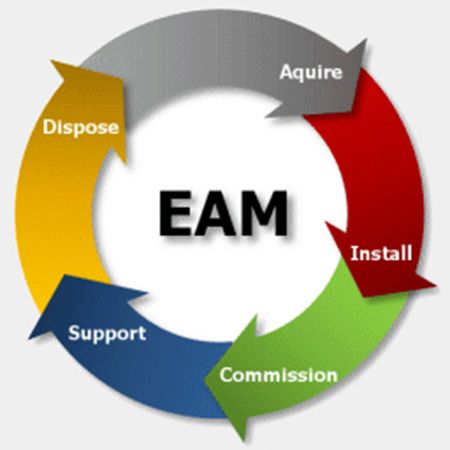Governance
Establishes the EAM vision, defines asset management strategies and supporting policies, communicates, establishes and manages programs of initiatives, establishes priorities for and resources these initiatives as projects. Governance processes establish appropriate performance indicators to measure progress toward the vision and monitor progress of projects, the overall program, and compliance with policies ensuring operational management take appropriate steps to enforce compliance.
Budgeting and Financial Control
Defines how finances are planned, controlled and improved upon for asset management functions.
Engineering Change Management
Defines how configuration items are identified, verified, audited, and how change is initiated, evaluated, executed, closed out and records updated.
Performance Management
Defines how asset performance is assessed to ensure those assets are operated in the most efficient manner. Information derived will allow operations and maintenance teams to make sound decisions, thus improving operational performance, increasing asset availability/utilization and ultimately driving business value and real financial returns.
Reliability Management
Defines how reliability is planned, controlled and improved throughout the asset life cycle.
Program and/or Project Management
Defines how projects are initiated, planned, scheduled, executed, controlled and closed out either as discrete projects or within the context of enduring programs which are also established, managed and closed out. Project management covers a wide range of project types from maintenance projects such as turnarounds (shuts), expansion and decommissioning to acquisition projects. Programs are enduring, and sustain the attainment of long term company objectives and typically include programs such as: planned maintenance, shutdown, modernisation, and asset management excellence
Work Management (including Maintenance Planning and Scheduling)
Defines how work is identified and authorised, planned, scheduled, executed, and closed out when completed.
Through Life Support Management
Defines how integrated logistic support requirements are identified, planned, established, monitored and closed out for assets. Through life support management processes include maintenance support, supply support, HR and skills support, facilities support, computing facilities, business data, associated test and support equipment, and transportation and handling.


